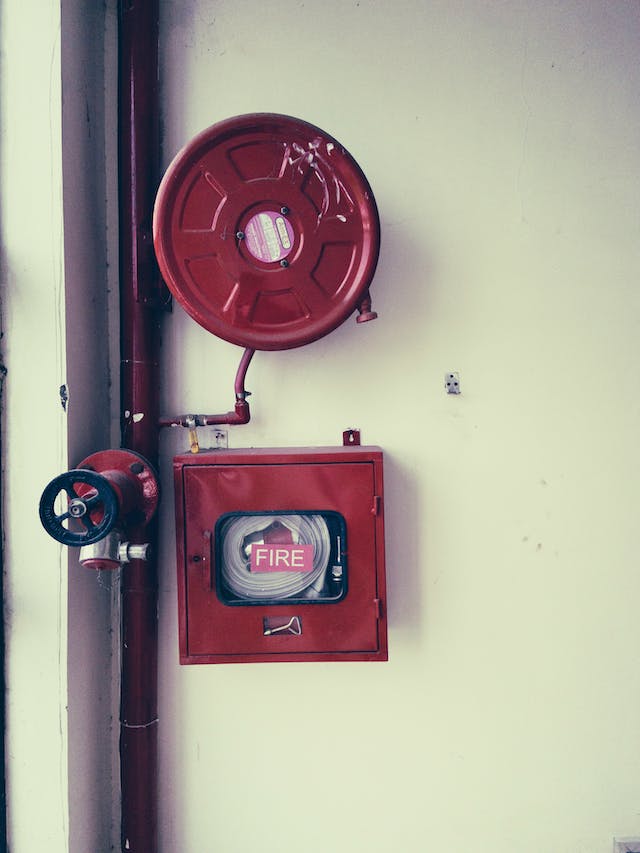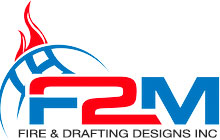The Science Behind the Best Fire Sprinkler System Design
 In this blog post, we will delve into the intricate science behind the creation of the best fire sprinkler system design. When it comes to fire safety, having a properly designed and installed fire sprinkler system is essential. Fire sprinkler systems can help control and even extinguish fires, saving lives and preventing property damage. However, designing a fire sprnkler system is a complex process that requires specialized knowledge ad expertise.
In this blog post, we will delve into the intricate science behind the creation of the best fire sprinkler system design. When it comes to fire safety, having a properly designed and installed fire sprinkler system is essential. Fire sprinkler systems can help control and even extinguish fires, saving lives and preventing property damage. However, designing a fire sprnkler system is a complex process that requires specialized knowledge ad expertise.
The Best Fire Sprinkler System Design: Important Factors
Understand Fire Dynamics
To design an effective fire sprinkler system, it’s crucial to comprehend the science of fire itself. Fires are chemical reactions involving three key components: heat, fuel, and oxygen. Fire sprinklers work by disrupting this triangle of combustion. The heat from the fire activates the sprinkler, releasing water to cool the surrounding area and remove heat. This interrupts the fire’s ability to sustain itself.
Hydraulic Calculations
Hydraulic calculations form the backbone of fire sprinkler system design. These calculations determine the flow rate and pressure required to control or extinguish a fire in a given area. Factors like pipe size, water supply, and hazard classification are meticulously considered to ensure the system’s effectiveness. Engineers use specialized software and mathematical equations to perform these calculations accurately.
Sprinkler Head Selection
Selecting the right type of sprinkler head is a critical aspect of fire sprinkler system design. Various sprinkler heads are designed for specific applications, such as high-temperature environments or areas with low ceilings. The choice of sprinkler head must align with the anticipated fire hazards and the unique characteristics of the building.
Spacing and Layout
The layout and spacing of sprinkler heads are determined by factors like the type of occupancy, ceiling height, and obstructions within the space. Engineers strive to create a design that ensures uniform water distribution, maximizing the system’s effectiveness in controlling fires.
Standpipe Systems
In many buildings, standpipe systems are incorporated alongside fire sprinklers to provide firefighters with a readily available water supply. The science behind standpipe systems involves designing a network of pipes and outlets that can deliver water to multiple floors and locations swiftly.
Material Selection and Corrosion Control
The materials used in the construction of fire sprinkler systems must be carefully selected to withstand the corrosive nature of water over time. Corrosion can compromise the system’s functionality, emphasizing the importance of selecting corrosion-resistant materials and implementing effective corrosion control measures.
Compliance with Codes and Regulations
The science of fire sprinkler system design also involves an in-depth knowledge of local building codes and regulations. Designers must ensure that their systems meet or exceed these requirements to guarantee the safety of building occupants and compliance with the law.
Regular Maintenance and Testing
The science doesn’t stop after installation. Ongoing maintenance and testing are essential to ensure that the system remains fully operational. Regular inspections, testing, and maintenance activities are all based on scientific principles and industry best practices.
The Science Behind the Best Fire Sprinkler System Design: Conclusion
Effective fire sprinkler system design is a meticulous and scientifically driven process. Engineers and designers rely on their understanding of fire dynamics, hydraulic calculations, material science, and compliance with regulations to create systems that safeguard lives and property. As technology advances, so does the science behind fire sprinkler systems, leading to more efficient and reliable designs that continue to save lives and protect buildings from the devastating effects of fire.
Contact us today
F2M Fire & Drafting Designs Inc.
31 South Street, Suite 3S-4
Mount Vernon, NY 10550
✆ (718) 928-3009
Email: info@f2mfadds.com
